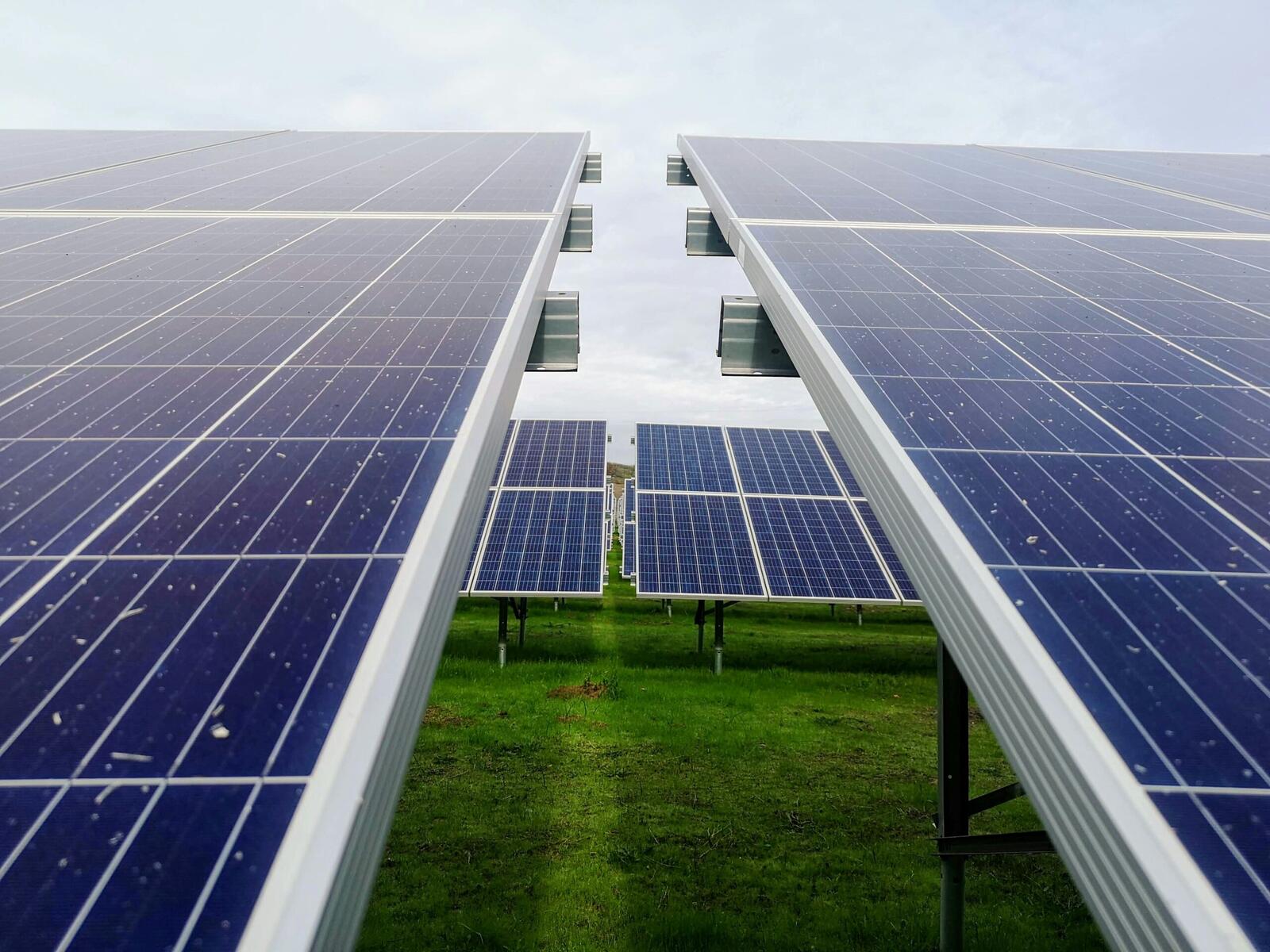Artificial intelligence (AI) holds great promise for transforming various industries and addressing worldwide issues such as climate change. But AI also poses a serious environmental threat due to its high energy consumption, especially from data centres. Data centres use a lot of energy and contribute significantly to greenhouse gas emissions worldwide.
Here are ten ways solar energy can lessen the carbon footprint of artificial intelligence and help create a more sustainable future:
Solar Powered Data Centres
Massive amounts of energy are consumed by data centres which are essential for AI operations. Data centres consumed between 0.9 and 1.3 percent of the world’s electricity in 2021. Data centres can drastically reduce their carbon footprint by switching to solar energy and reducing their reliance on fossil fuels.
Data centres that run on solar energy can do so in a more environmentally friendly manner which lowers greenhouse gas emissions worldwide.
AI Model Training Using Solar
Massive computational resources are needed for training AI models, particularly large language models. As an example, the GPT-3 training process used 1287 MWh of electricity and produced carbon emissions equal to 112 gasoline-powered cars driven for a year. AI development can be made more environmentally friendly by using solar energy to offset the carbon emissions from such intensive training processes.
Solar-Driven AI Inference Processes
The inference stage, which occurs when the AI generates predictions and answers to queries after it has been trained, can use even more energy than training. According to estimates, inference uses 60% of the energy used by AI. Reducing the total carbon footprint of AI applications can be achieved by managing this substantial energy consumption by using solar energy to power inference operations.
Solar Powered Cooling Systems
Data centres use about 40% of their electricity for cooling systems which keep servers from overheating. Reliance on conventional energy-intensive cooling techniques can be significantly reduced by implementing solar-powered cooling solutions such as liquid immersion cooling or solar-driven air conditioning which lowers overall energy consumption and emissions.
More from Guides
- How to Use AI to Help You Write a Business Plan
- Internet Sharing and Network Privacy: Should You Use a Proxy Server?
- 10 Tips to Go Viral in the Pet Industry
- Top Alternatives To Shopify
- Crypto Clash: Gate.io Vs. OKX
- 10 Things UK SMEs Should Know About Managed IT Support
- How to Open a Business Bank Account In the UAE
- Crypto Clash: MEXC Vs. OKX
Decentralised Solar Microgrids for AI Facilities
Artificial intelligence facilities can have a dependable and sustainable energy source by installing decentralised solar microgrids. By guaranteeing a steady supply of electricity and lessening the burden on the regional energy infrastructure these microgrids can function alone or as a supplement to the main grid. With this strategy, energy security for crucial AI operations is improved while sustainability is also encouraged.
Solar Energy for Edge Computing Equipment
Instead of depending on central data centres, edge computing processes data closer to its source. There is less need for data transmission to and from large data centres when using solar-powered edge devices to process data locally. This reduces latency and boosts the effectiveness of AI applications in addition to lowering energy consumption.
Encouraging Research and Development of Solar-Powered AI
Innovation in AI research and development facilities can be stimulated by investing in solar energy. Further lowering the energy requirements of AI technologies, solar-powered labs and research facilities can concentrate on creating AI hardware and algorithms that are more energy-efficient. The adoption of sustainable practices within the tech industry can be expedited by this synergy.
Solar Integration in Smart Grids Driven by AI
AI can more effectively balance supply and demand in smart grids by optimising energy distribution. These AI-powered smart grids can become more sustainable by incorporating solar energy. In order to minimise the carbon footprint of the grid and AI operations, artificial intelligence (AI) algorithms are able to forecast solar energy generation patterns, optimise storage and guarantee a steady and environmentally friendly energy supply.
AI-Powered Enhancements to Solar Panel Efficiency
Massive data sets can be analysed by AI to find trends and streamline procedures. Solar energy generation can be significantly increased by using AI to monitor and improve solar panel efficiency. Solar energy systems can be made more productive and dependable supplying more green energy for AI operations by utilising AI to detect faults, anticipate maintenance requirements, and optimise panel orientation.
Encouraged Solar Energy Adoption by AI Companies
Big tech companies are already moving in the direction of adopting renewable energy. For instance, Google and Microsoft who currently primarily rely on solar energy have committed to powering their data centres with only renewable energy by 2025. Encouraging more businesses to take similar actions can significantly lower AIs carbon footprint. Corporate support for solar energy not only shows leadership but also propels change in the sector toward sustainability.



